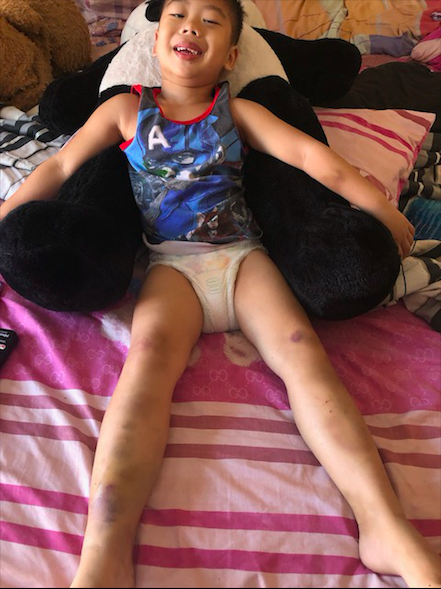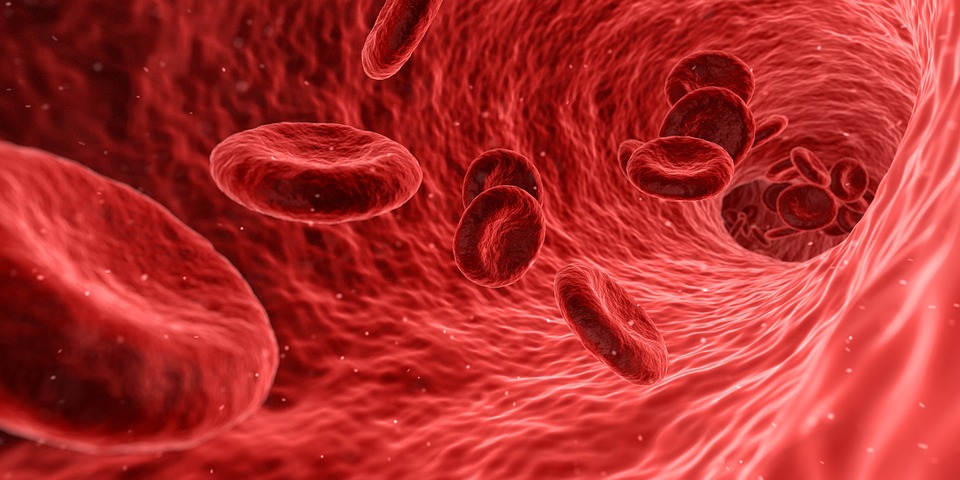The measure on the establishment of Hemophilia Treatment Centers (HTCs) all over the Philippines could save thousands of people suffering from bleeding disorders especially those living in far-flung areas, according to Hemophilia Advocates-Philippines.
Two bills mandating the creation of HTCs in hospitals with Cancer and Hematology departments were recently tackled at the Senate Committee on Health and Demography in a bid to enact a law to prevent unnecessary deaths from bleeding disorders.
Senate Bill 1335 authored by Sen. Joel Villanueva and co-authored by Sen. Nancy Binay, and Senate Bill 1389 authored by Sen. JV Ejercito both entitled “Bleeding Disorders Standard of Care Bill,” also seeks to give free treatment for persons with bleeding disorders such as hemophilia, von Willebrand Disease and other inherited bleeding disorders.
Bleeding disorders are a group of medical conditions where the blood does not clot. The World Federation of Hemophilia estimates that around 10,000 Filipinos are affected with hemophilia and about 1-million others, with von Villebrand Disease (VWD).
Andrea Trinidad-Echavez, president of Hemophilia Advocates-Philippines (HAP), said thousands of patients have long been suffering due to lack of access to treatment. At least five hemophiliacs died last year either because of the unavailability of medicines or lack of knowledge of medical practitioners in handling their condition.
“Two patients died in a government hospital in Manila last year, one at the ER and the other, at the ICU after a month of confinement. Another one from Bohol died while on the way to Cebu to seek treatment. Another one from Surigao died in a government hospital in Davao. These are just those that we are aware of but there could be so much more,” Echavez, who has VWD herself, said during the hearing.
Her own mother bled to death in 1988 during a biopsy operation because doctors were unaware that bleeding disorders could also affect women. Echavez inherited the condition and passed it on to her youngest daughter, Star.
Hemophilia, the most commonly known among these group of disorders, is usually associated with males. It is also called the “royal disease” because it affected several members of the Royal Family in Europe, which started with Queen Victoria.

People with bleeding disorders lack a certain protein in the blood called factor. There are 13 factors in the blood and when one of it is missing, it results in a certain type of bleeding disorder.
“There is no cure yet for bleeding disorders. But our bleeding can be managed either by blood transfusion or infusion of the medicines called anti-hemophilic factor concentrates. Blood products are not very ideal because of the possibility of infections. On the other hand, anti-hemophilic factor concentrates are imported and are very costly,” said Echavez.
She said hemophilia organizations in the Philippines mainly rely on humanitarian donations from international organizations such as World Federation of Hemophilia (WFH) based in Canada and Project SHARE, which is based in the United States.
Many governments already provide free treatment to persons with bleeding disorders including India, Malaysia and Thailand.
According to WFH, hemophilia occurs in 1 in 10,000 births while von Willebrand Disease (VWD) affects about 1 to 2 percent of the population.
Only around 1,500 Filipinos with bleeding disorders have so far been identified.
Bleeding disorders affect both males and females although hemophilia, where the missing factor is either Factor VIII or Factor IX, mostly occur in males. Hemophilia is the more severe type of bleeding disorder and internal bleeding such as brain bleed or gastro-intestinal bleed can happen spontaneously.
However, bleeding disorders in women can also be challenging because it can cause heavy menstruation that may last for weeks or even years.
The Department of Health cited post-partum hemorrhage as the No. 2 cause of maternal deaths. The Philippines did not meet the Millennium Development Goal on maternal health because of this.
ADVT
____
INQPOP! Articles we think you might like:
LOOK: Pinay educates the internet about her unusual allergy to cold‘
American toddler shocks the internet by being allergic to water
Nutritionist claims it’s healthier to eat pizza than cereal for breakfast
Other fun fitness activities to jump-start your health journey
This medical center’s ‘Core Values’ highlight what Pinoys want in life



